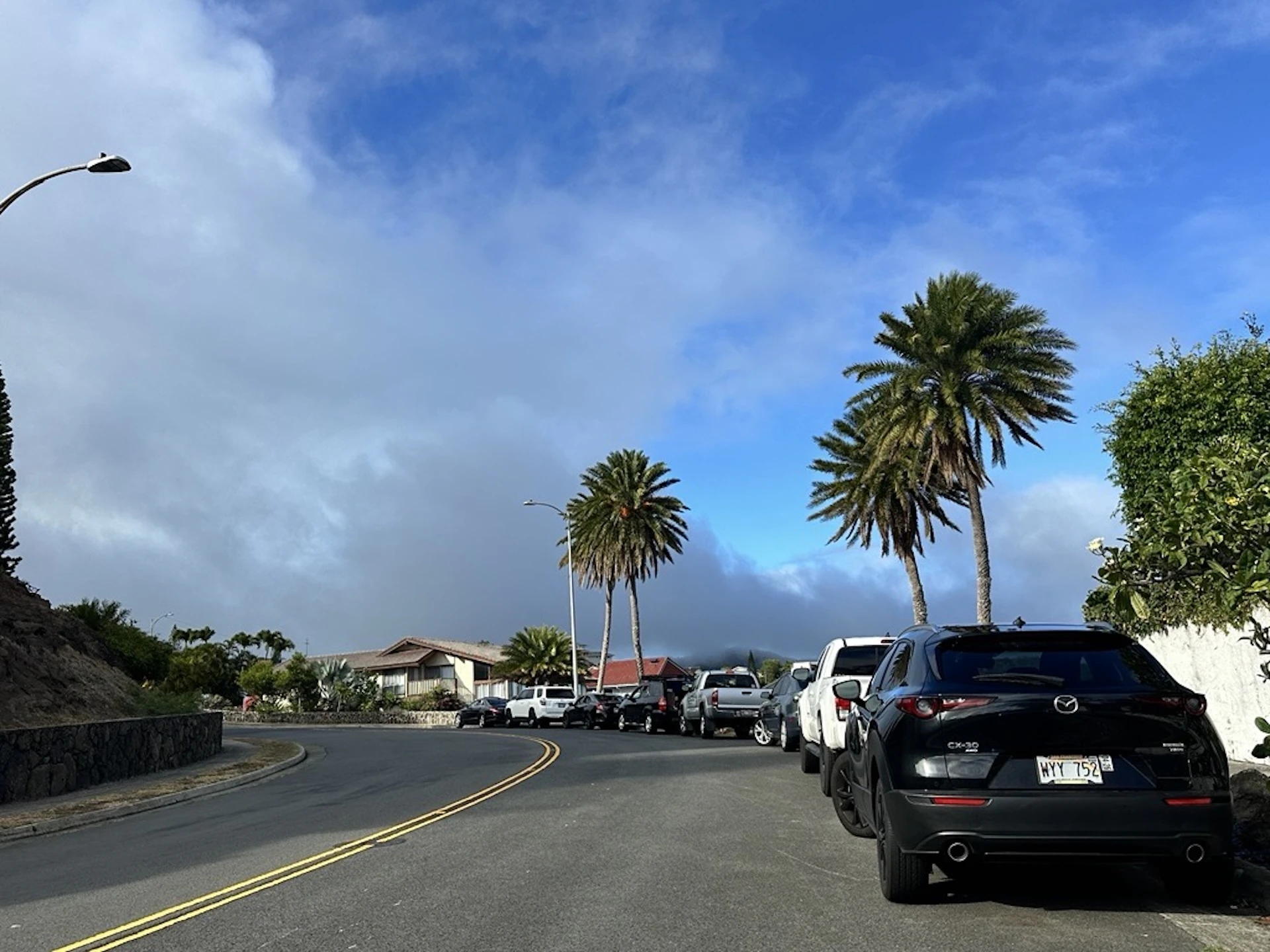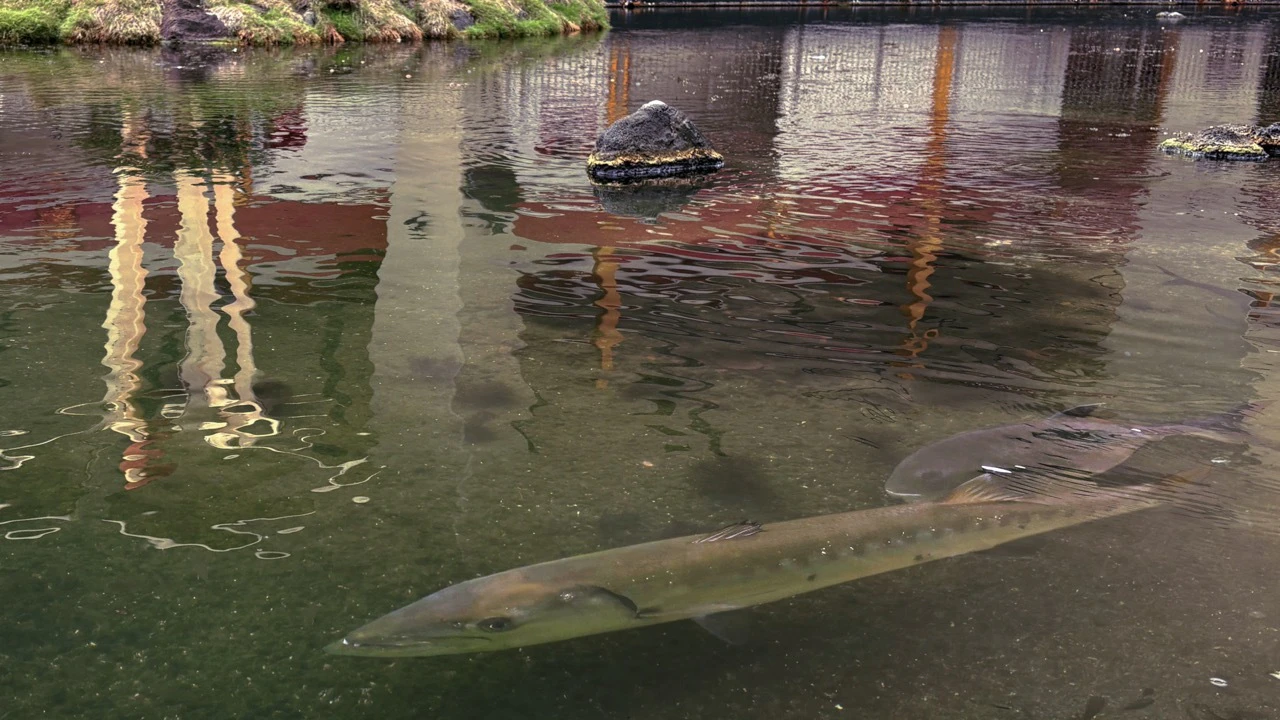UPDATE 10:02 AM JULY 30: The National Weather Service’s tsunami advisory for Hawai‘i has been cancelled.
While the risk of damaging tsunami waves has passed, residents are still advised that strong currents, sea level fluctuations and other lingering effects can still be dangerous for swimmers and boaters. Residents should therefore use caution when approaching the coasts.
UPDATE 10:51 p.m.: As of 10:38 p.m., the Pacific Tsunami Warning Center has downgraded the tsunami warning to a tsunami advisory.
UPDATE 8:43 p.m.: Gov. Josh Green said an all-clear is still 2-3 hours away, at an 8:20 p.m. update meeting.
"Until we see what happens on the Big Island ... we won't be able to start saying we're in the clear."
So far, Green said there has been minimal observed tsunami impacts in the state, with a wave in Haleiwa higher than one meter the largest so far. Nonetheless, he said to remain on guard, adding that the three-meter waves seen in Japan could be significantly more harmful.
"Just stay home and watch TV," Green said, before expressing hope that an all-clear -- indicating "functional zero risk" -- can be declared by 11 p.m.
While no major tsunami impacts have been reported, all flights in and out of Maui have been cancelled, with some 200 people sheltering in place at Kahului Airport, Green said.
The Pacific Tsunami Warning Center has provided wave heights here.
UPDATE 6:15 p.m: During a press conference Tuesday, Gov. Josh Green reiterated the need for people to evacuate from coastal areas.
He said that about 14 minutes after the earthquake hit, “we became aware that there was a likelihood of a tsunami.”
Although you can’t compare them directly, Green said a 9.0 magnitude earthquake in 2011 created a 7-foot wave that hit Maui and caused $7.5 million in damage.
“And because we were thoughtful and smart and calm — we should all be calm as we evacuate and we must evacuate from the inundation area — there were no casualties.”
Green said to expect flooding on all of the islands, “and it will be imminent after the wave hits.”
“We should be safe, therefore not sorry.”
Warning sirens are expected to go off at 6:10 p.m. and 6:40 p.m. — about a respective one hour and 30 minutes before the expected landfall of the wave, he said.
“You must stay off the beaches and away from harbors, rivers or low-lying areas,” Green said. “If you stay on beaches, you could risk death. You have to be careful. … Please know where the tsunami evacuation zone is and have a route to get out to higher ground.”

Those who are in buildings can go up four stories, but Green still urged caution. “Otherwise, you need to leave the evacuation zone and you have to get away from this potential wave.”
Green says the state is communication from government leaders at all levels.
“You can expect a tsunami wave to hit the state, and it will not just hit one beach. It will wrap around the Islands, very likely, therefore causing a wave in Hilo, in Kona and Kaua‘i and on Maui,” he said. “You have to be safe.”
Green said it may take up to 30 minutes for the waves to reach other parts of the Islands.
Green said the wave was expected to pass Midway Atoll around 5:30 p.m. and officials were expecting to hear from buoys in the middle of the Pacific, which would “give us a better idea of how large this wave is.”
“God willing, these waves will not hurt us, but you have to assume they will be life-threatening."
Honolulu Fire Chief Sheldon Hao said the Fire Department is moving resources out of the evacuation zone and "monitoring the situation."
All Honolulu public transit services will be suspended following 6 p.m, same for Skyline, which will stop operating after 6:35 p.m., said Department of Transportation Service Director J. Roger Morton. He added that some routes may take detours to take passengers to higher ground.
Currently, 93% of DTS routes are running late, Morton said.
Furthermore, Morton said that there is a possibility services will resume later tonight, depending on roadway conditions after the anticipated tsunami arrival period.
UPDATE 5:03 p.m.: Japannews.com reports that a "40-centimeter-high [nearly 16 inches] tsunami was observed at Tokachi, Hokkaido, at around 10:51 a.m. [local time] ... [and] a 30-centimeter-high [just under a foot] tsunami was also observed in Nemuro and three other areas in Hokkaido, from 10:30 a.m. to 10:46 a.m. [local time]."
UPDATE 4:28 PM.: The National Weather Service's Tsunami Warning System is here for advisories. HiEMA's site is restored.
UPDATE 3:30 p.m.: HiEMA website's appears to be down, evacuation maps for the Hawaiian Islands can be found archived here.
Original post: The Honolulu Department of Emergency Management has issued a tsunami warning and is urging residents to evacuate coastal areas.
Following a magnitude 8.7 earthquake off the coast of Kamchatka, Russia, "destructive tsunami waves" are now expected to reach the state at around 7:17 p.m. HDEM advises all people to evacuate places highlighted in red on the state tsunami evacuation zone map.
HDEM also warns that tsunamis can crest for 15 minutes or more and arrive in series. The first wave may not be the strongest in the series, but they can "wrap" around islands and threaten all shores, regardless of where they are facing.
Updates will be issued by the Pacific Tsunami Warning Center until the threat has passed.





